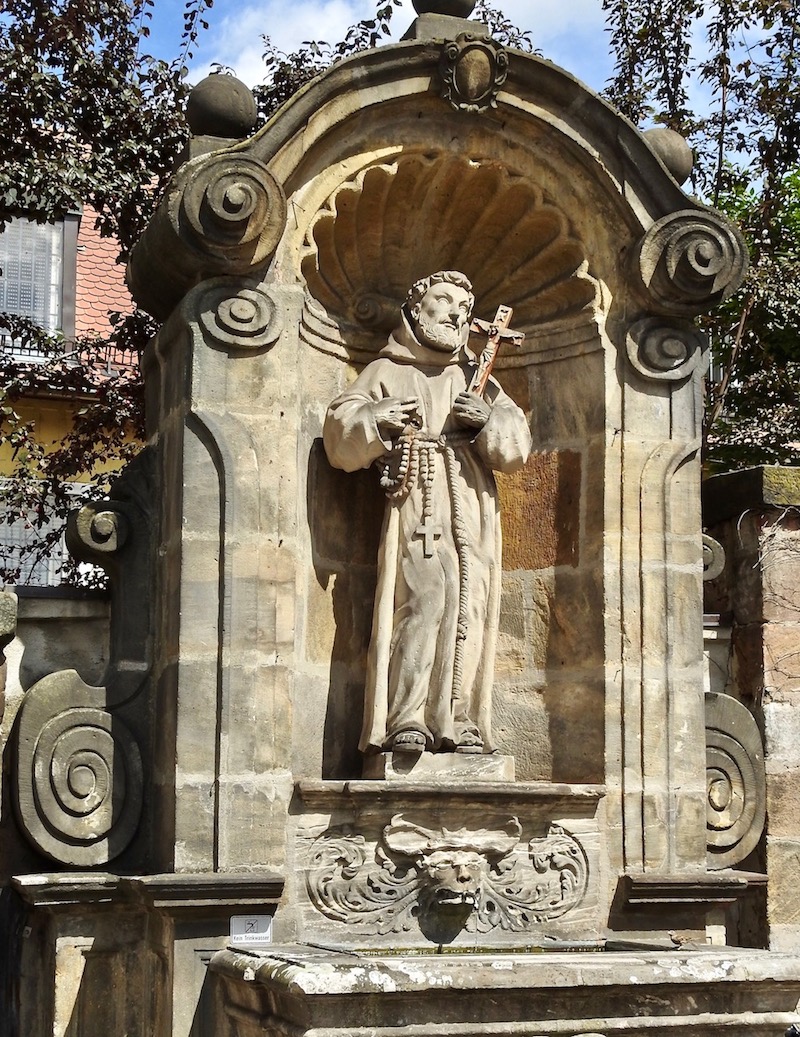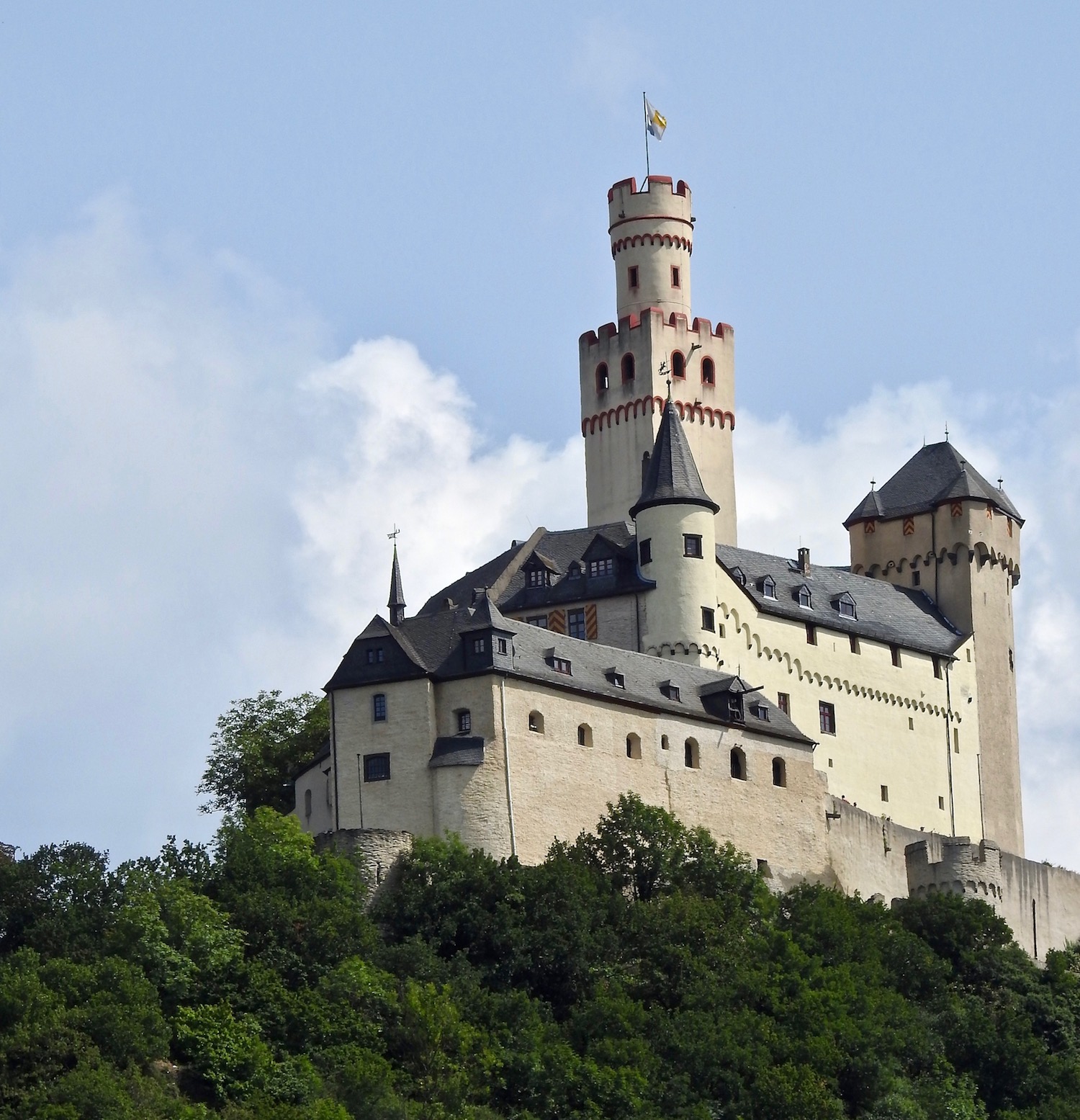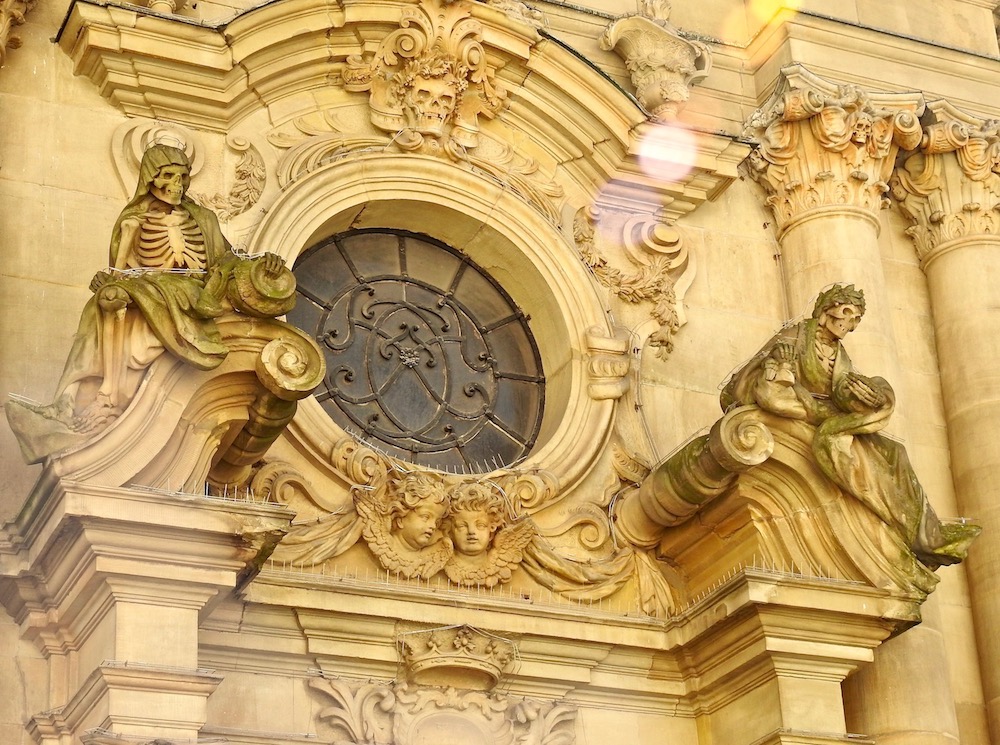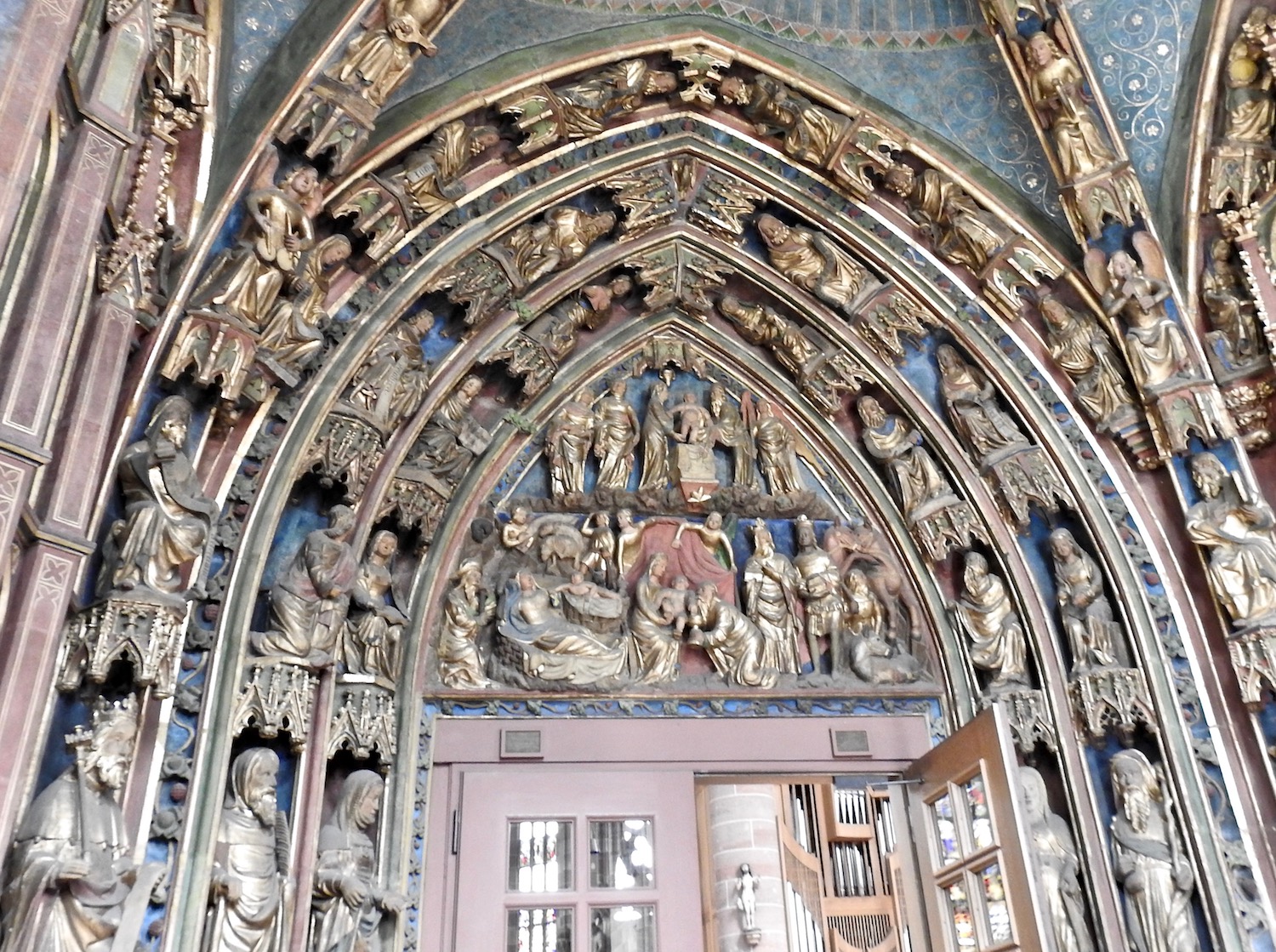
Bamberg is often called the Rome of Germany because of its seven hills that rise above the Regnitz River Valley. There is a church on each hill. Once the seat of a prince-bishop, the city’s prominence was secured.
Bamberg suffered little damage during WWII, preserving the beauty of the Baroque old town buildings. Because of the historical significance of the town, 250 of Bamberg’s buildings are now protected under UNESCO. A town of 70,000 people (8,500 students at Bamberg University). Bosch has a large spark-plug manufacturing facility that employs a large percentage of the population. About 13,000 university students keep the town lively and young.
Fishermen’s Houses
Located along the Regnitz River, at one time, these were fishermen’s homes. They had balconies to dry their fishing nets. These were located outside the city walls, which was not the desireable location. But, now, these houses are prized for their proximity to the river.
The story of “smokey” beer:
In 1818, there were 65 beer breweries in Bamberg; only nine remain. The barn of one of the brew masters caught on fire. He tried to save some of the barley which had been scorched by lightning.
He made his beer and hoped the people wouldn’t notice the difference in the taste of the beer. They did…but, they liked how it tasted. So, all the breweries began roasting their barley with Beechwood. The beer has a heavy, smokey taste.

Close-up of the sign of the beer pub. Notice what looks to be a Star of David. This is believed to be a brewer’s symbol.
Old Town Hall:
In 1461 the town hall was built followed by the half timbered addition in 1668. In 1750, the ornate coat-of-arms was created by the sculptor, Joseph Bonaventura Mutschele.
The Baroque style frescoes on the river-side of the Town Hall are the most interesting part of the building. The leg of the angel above the mayor’s window is sticking out. The sculptor, Johann Anwander, wanted to be sure the mayor was pleased.
Imperial Cathedral:
Emperor Heinrich II established his Bishopric in 1007 and the building of the Baroque Catholic Cathedral was already underway. Twice fire destroyed the cathedral in 1081 and 1185. The current cathedral was built in the 13th century. Emperor Heinrich II and Empress Kunigunde are buried in the cathedral.
A beautiful bride entering the cathedral to be married.
The Beautiful Gate is the entrance to the Old Household.
Mother of God is in the center, holding baby Jesus. Notice that the head of Jesus is missing, a result of the fragility of the sandstone. On either side of Mary, are Heinrich and Kunigunde.
Then, Sts. Peter and George, the patrons of the Cathedral.
The Old Household:
Master Builder, E. Braun, did a selfie on the Old Household oriel.
Bavarian perfection, the courtyard of the Old Household, which was chancellery, library, and council chambers.
At the Prince’s Portal is the Last Judgement. On the gable panel, the blessed ones are on the left and the damned, on the right.
A close-up of the damned show the Archbishop, the Prince-Bishop, and the Pope. Notice how those damned are smiling. Smiling was unacceptable behavior during this time.
The Rose Garden:
Created in 1705, the garden was divided into symmetrical fields and planted with a variety of flowers. In the 19th century, it was planted with many varieties of roses. While we were there, a young man proposed to his lady…she accepted and all the visitors applauded.
Bamberg is worth visiting, if for no other reason than the architecture that was spared from WWII bombs. The town is quiet, friendly, but has a youthful element with the university students. If you’re a beer connoisseur…this is the town for you.
About the Author:
In 2010, Annie Coburn created Fab Placez. In 2014, she changed the name of her website to FAB Senior Travel to better define her target audience, mature travelers. In order to provide diversity of locations and topics for her subscribers, she publishes travel articles from other writers, as well as her own.
You are invited to subscribe:
Website: http:// www.fabseniortravel.com



















